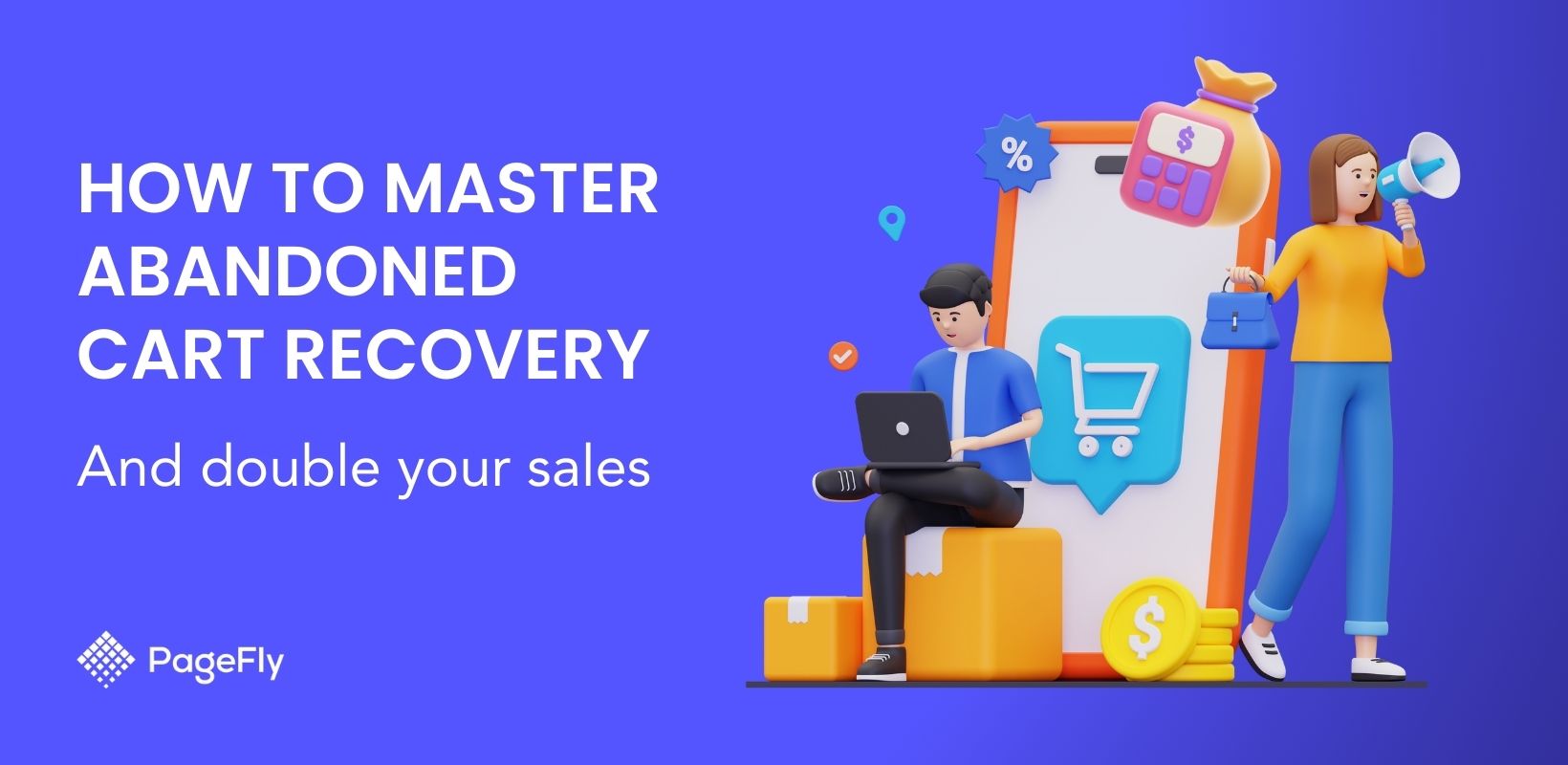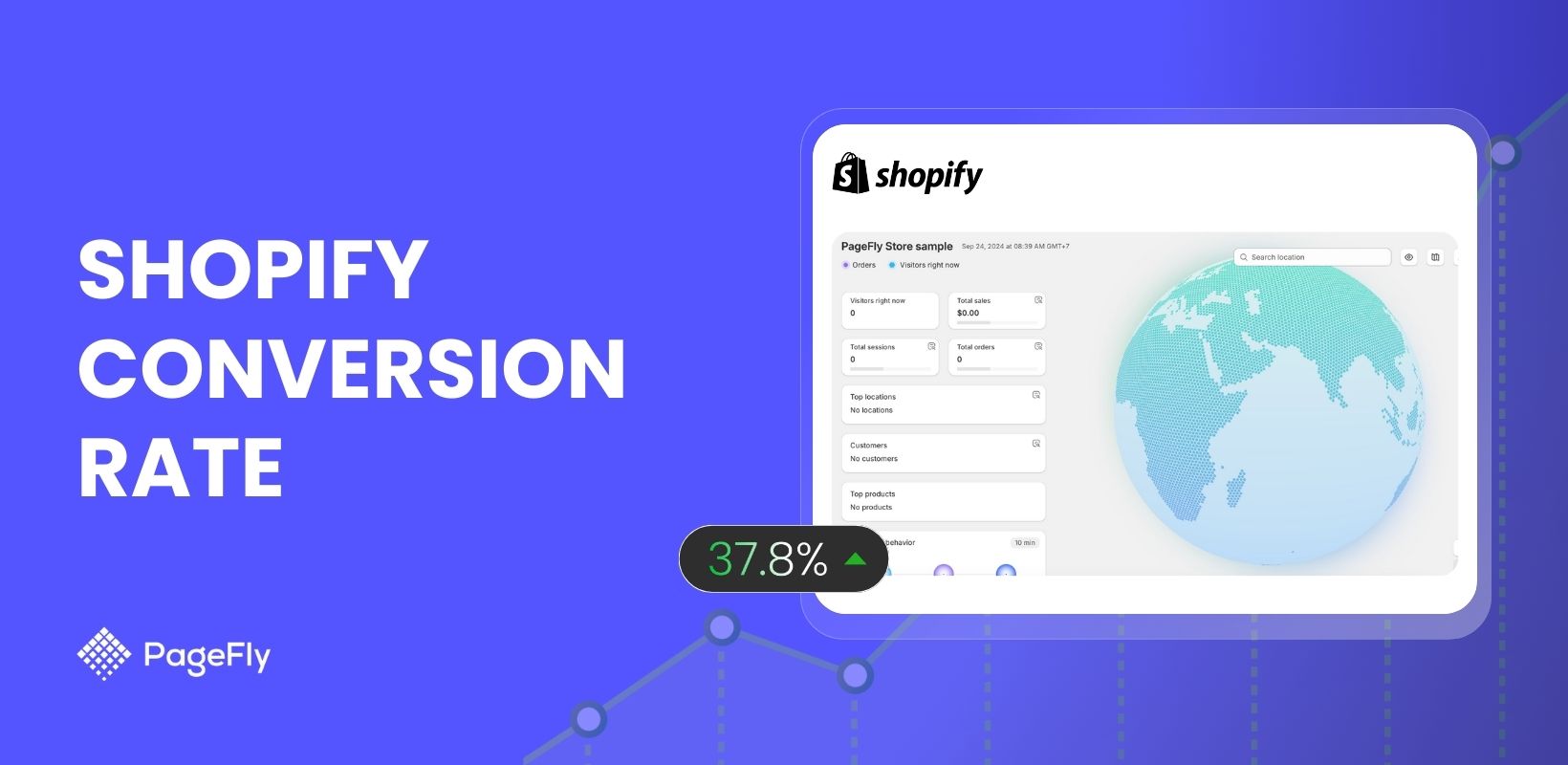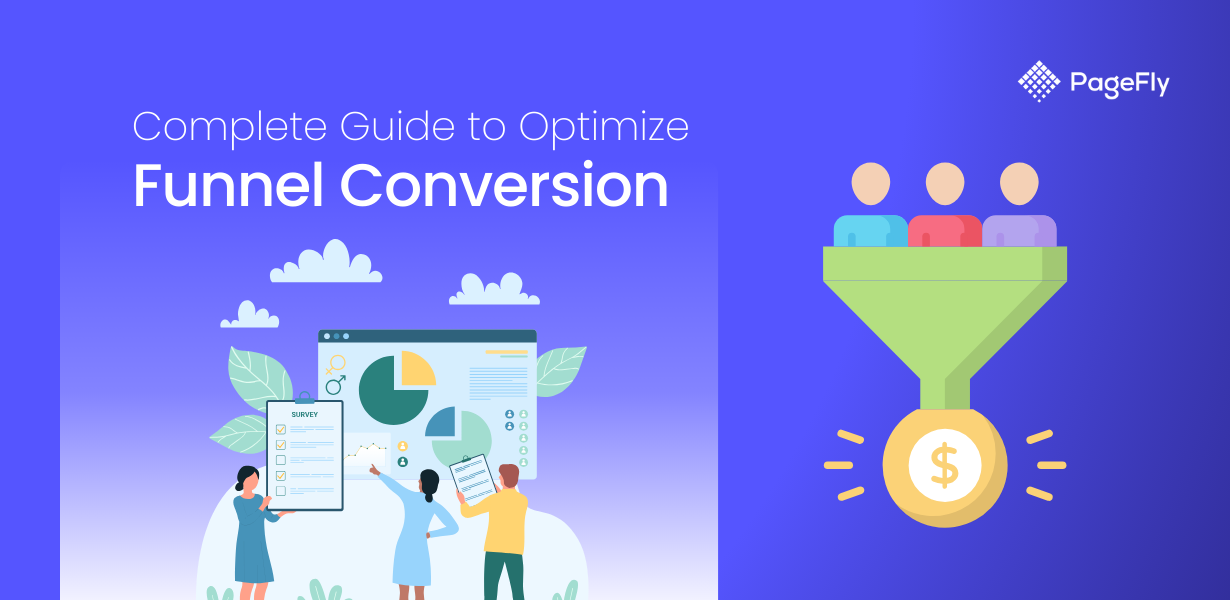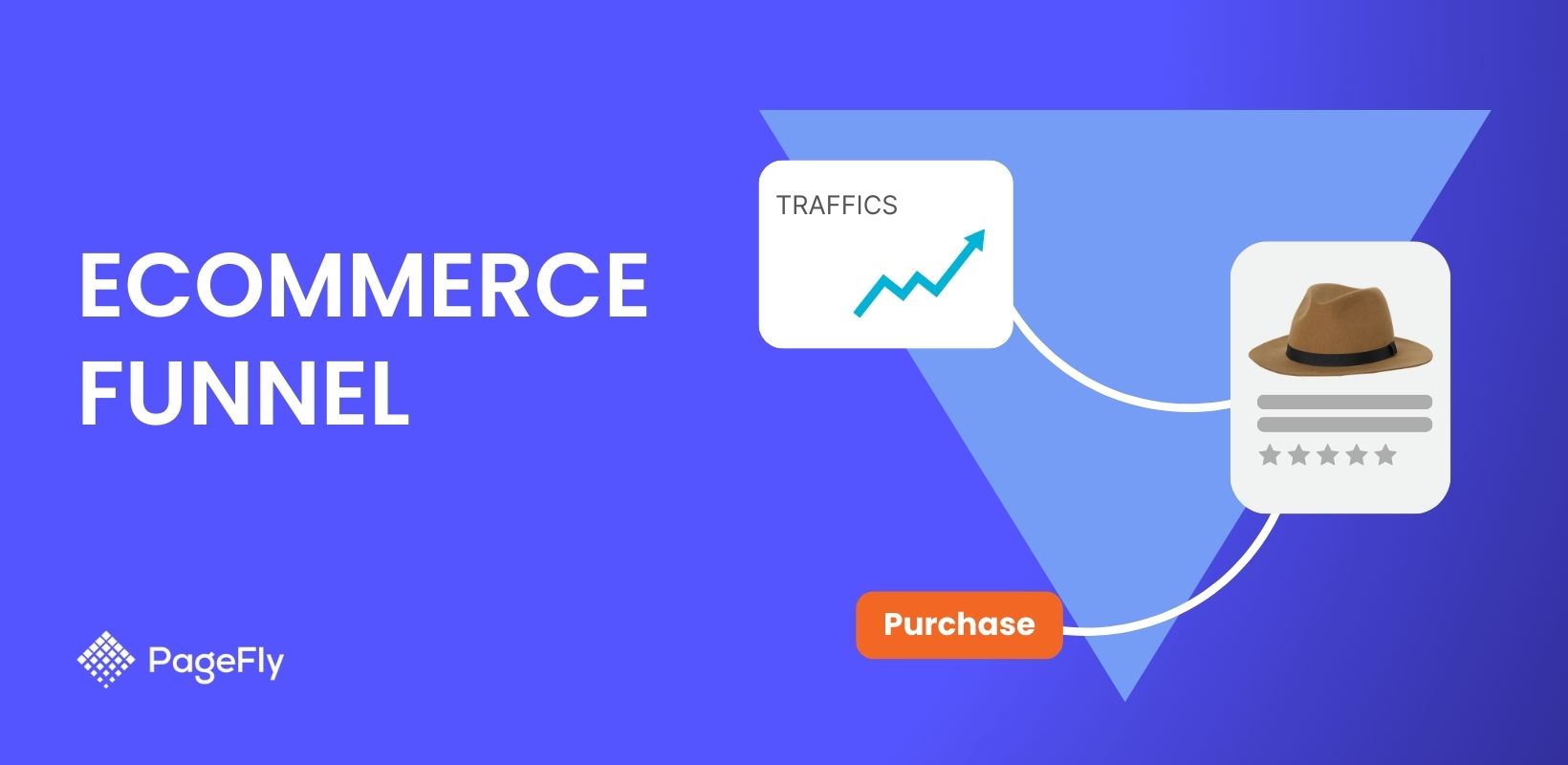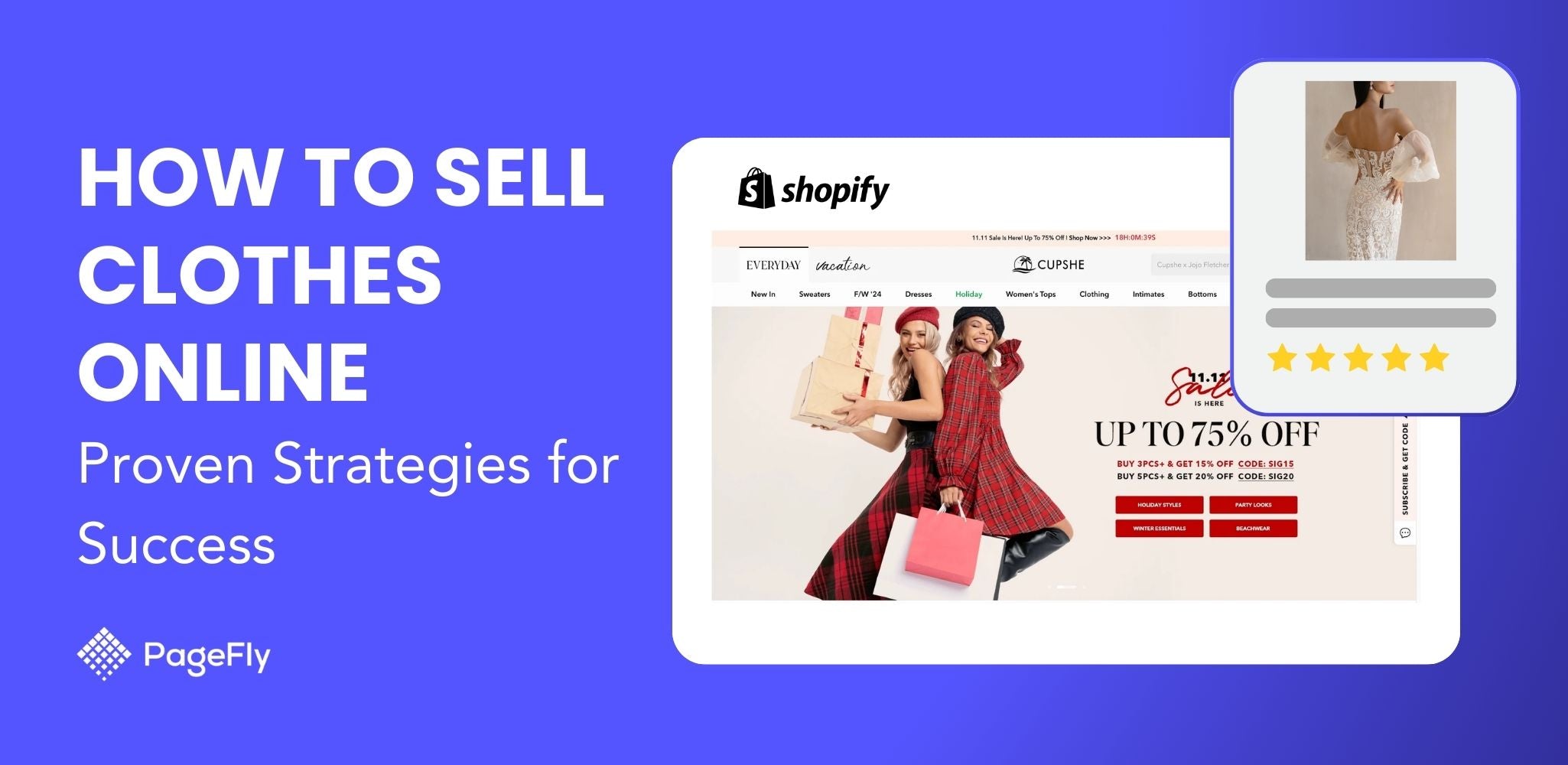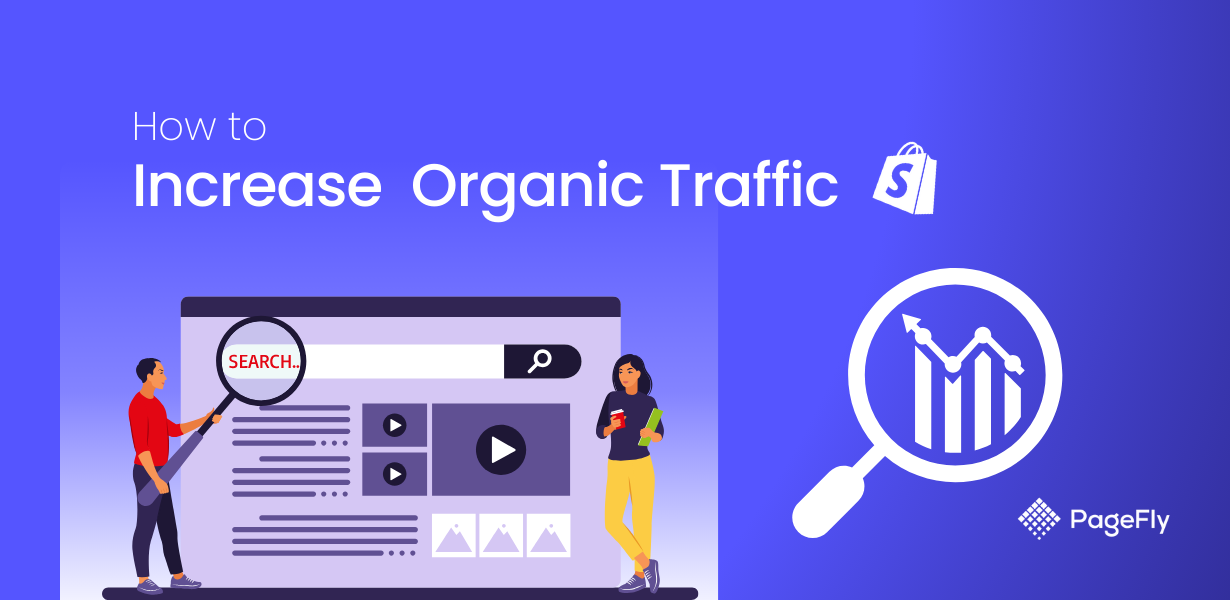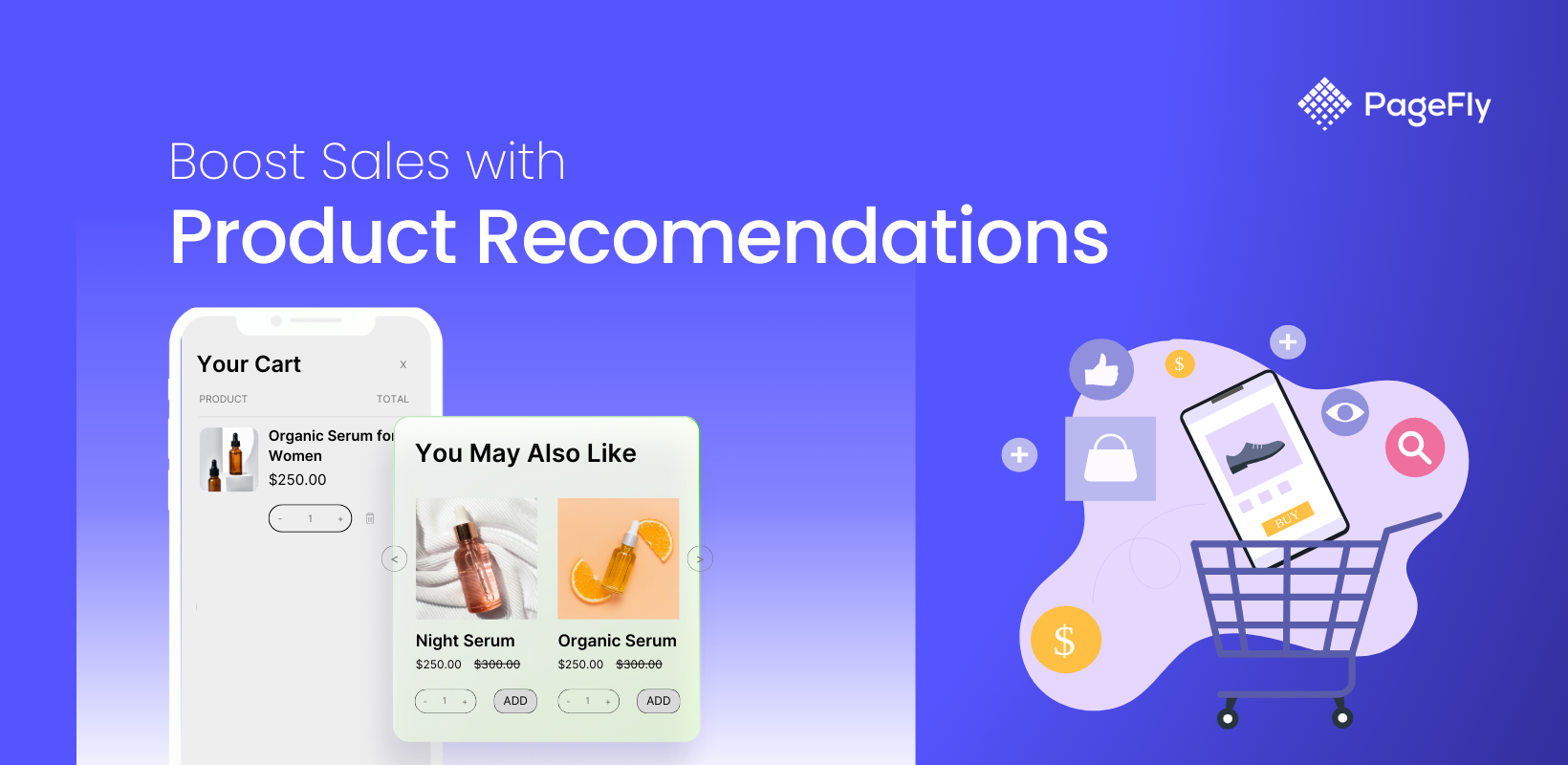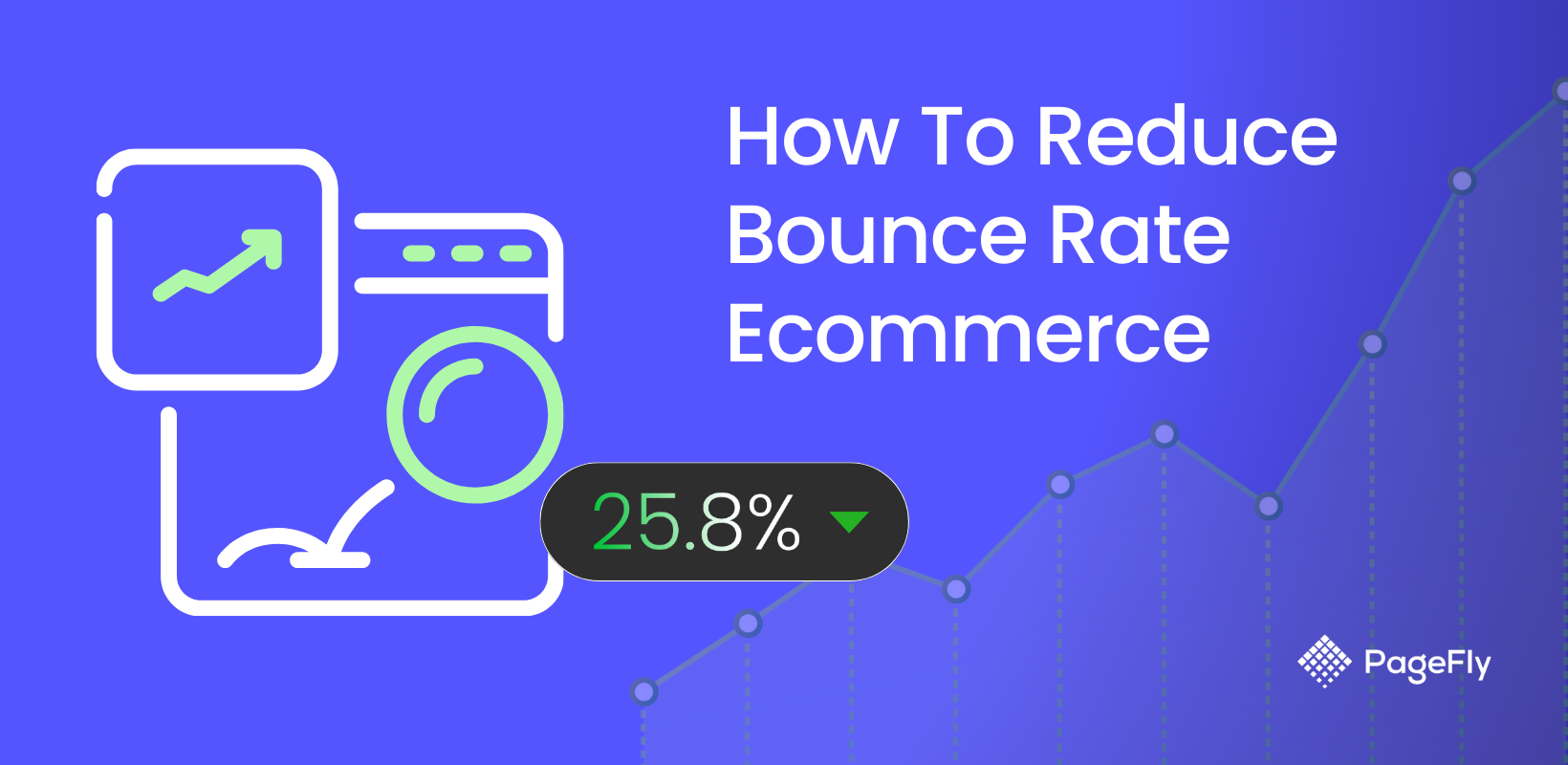Cart abandonment can silently drain your e-commerce business's potential revenue. According to Baymard Institute's analysis of 48 different studies, approximately 70% of online shopping carts are abandoned before purchase, making abandoned cart recovery one of the most crucial strategies for improving your bottom line.
For Shopify merchants, mastering abandoned cart Shopify strategies goes beyond sending reminder emails – it involves a well-rounded approach to bring customers back and turn indecision into completed purchases.
Understanding Abandoned Cart Recovery
What is abandoned cart recovery?
Abandoned cart recovery refers to the strategic process of re-engaging shoppers who have added items to their online shopping cart but left your store without completing the purchase. This essential e-commerce practice uses behavior analysis and targeted communication to convert abandoned carts into sales.
An effective recovery strategy involves:
- Identification: Tracking when and why customers abandon their carts
- Re-engagement: Using email, SMS, or ads to remind customers about their items
- Optimization: Improving the checkout process to prevent future abandonments
- Personalization: Customizing recovery messages based on customer behavior
Success depends on understanding your industry, audience, and pricing, while continuously refining your approach based on data and customer feedback.
Why do customers abandon their carts?

Understanding why customers abandon their carts is crucial for developing an effective recovery strategy. According to the Baymard Institute's research on cart abandonment, several key reasons contribute to why users abandon their shopping carts. Here are the main findings:
- Browsing without intent to purchase: 42.5% of shoppers abandon carts because they’re “just browsing” or not ready to buy, often using carts to bookmark items for later. This type of abandonment is common and largely unavoidable.
- Complicated checkout process: 22% of users abandon due to overly complex or long checkout flows, often with excessive form fields or unclear navigation. Streamlining steps and simplifying forms can significantly reduce drop-offs.
- Unexpected costs: Hidden fees like shipping or taxes, especially when they exceed 20% of the product price, deter nearly half of shoppers. For instance, a $50 item with $12 shipping is more likely to be abandoned than with $5 shipping.
- Can't see total order cost upfront: 21% of customers abandon when full costs, such as shipping or taxes, aren’t shown upfront. Early visibility of total costs and clear promotional details can prevent surprises at checkout.
- Comparison shopping: Shoppers often compare prices and features across multiple stores, especially for high-value items. Many add products to carts as a way to bookmark options while awaiting better deals or promotions.
- Account creation requirements: Mandatory account creation deters nearly a quarter of shoppers, who prefer guest checkout options. Offering guest checkout can streamline first-time purchases and improve conversion.
- Payment issues: Payment-related issues, such as limited options or security concerns, can drive abandonment. Providing multiple payment methods (e.g., PayPal, credit cards) and displaying trust signals (e.g., SSL badges) can help.
- Technical Issues: Error messages, page timeouts, or unresponsive checkouts frustrate customers. Even brief glitches lead to permanent lost sales for 17% of shoppers.
- Lack of trust: Shoppers avoid sites they perceive as insecure or unprofessional. Poor design, unclear policies, or missing customer reviews harm trust. Enhancing design and transparency fosters confidence.
- Slow delivery: Customers accustomed to fast shipping abandon carts when delivery times are vague, too long, or lack expedited options. Displaying clear, reasonable delivery estimates is key.
- Returns policy: Unfavorable or unclear return policies, such as high return shipping costs or short windows, deter shoppers. Simplifying return processes and providing clear policies can increase confidence.

Core Strategies for Abandoned Cart Recovery
Now that we understand why customers abandon their carts, let's explore proven ecommerce recovery strategies. We'll look at 5 key approaches that successful stores use to recover abandoned carts and boost sales. Each strategy includes actionable steps you can implement today, whether you're a beginner or an experienced merchant.

Write emails that drive cart recovery
According to a Klaviyo report, an abandoned cart email flow achieves the highest recovery rates, reclaiming 3.33% of lost sales and earning an average of $3.65 in revenue per recipient.
Here's how to create a recovery email campaign that actually works:
Perfect your email sequence timing:
- First email (1 hour after abandonment): Strike while the intent is hot. This email should be simple and helpful, reminding customers about their items and offering assistance.
- Second email (24 hours after): Add some urgency or social proof. Mention that their items are waiting but might sell out.
- Final email (72 hours after): Consider including an incentive like free shipping or a small discount, but only if necessary.
Key elements that make subject lines work:
- Keep it under 50 characters for mobile visibility
- Include personalization (name or product)
- Create curiosity without clickbait
- Match tone with email content
- Test your subject lines by creating two versions, changing just one element at a time, and tracking which leads to more recovered sales.
Craft compelling email copy:
- Include clear product images they abandoned
- Show the exact cart contents with prices
- Use a single, prominent call-to-action button
- Keep the message friendly and helpful, not pushy
- Add social proof like reviews or purchase numbers
- Include your customer service contact information
Leverage AI for efficiency:
Modern merchants use AI tools like ChatGPT to write personalized, effective recovery emails. These tools can generate engaging subject lines, persuasive copy, and tailored CTAs.

Here's a prompt template you can use with AI tools to generate effective cart recovery emails:"Write an abandoned cart recovery email for [your store type] with the following parameters:
- Tone: [friendly/professional/casual]
- Product left in cart: [product name]
- Price point: [price range]
- Key selling points: [list 2-3 benefits]
- Special offer: [if any]
- Brand voice: [describe your personality]Include: subject line, preview text, and email body with a clear CTA."
Remember to review and customize AI-generated content to match your brand voice and specific customer needs. While AI can provide a strong foundation, your unique understanding of your customers should guide the final message.
Improve your checkout page for fewer abandoned carts
Your checkout page is where sales are won or lost. To reduce cart abandonment, a well-optimized checkout can increase conversion rates by up to 35.26%, according to the Baymard Institute. Here's how to optimize yours for maximum conversions:
Streamline the process
- Remove unnecessary fields: Every field is an opportunity for abandonment. Only ask for essential information (such as shipping address, email, payment information, phone number)
- Enable guest checkout: Make it the default option, with account creation as optional after purchase.
- Use smart defaults: Auto-detect country from IP, auto-format phone numbers, and use address verification.
- Show progress: Use a clear progress indicator so customers know how many steps remain.
Build trust through design
- Security indicators: Display SSL certificates and security badges prominently
- Payment options: Show all accepted payment methods at the top of checkout
- Clear pricing: Break down all costs (subtotal, shipping, tax) early in the process
- Money-back guarantee: Display your return policy and guarantees clearly
- Customer support: Make it easy to get help with live chat or prominent contact info
Mobile optimization tips
- Use large, touch-friendly buttons (minimum 44x44 pixels)
- Implement digital wallet payments (Apple Pay, Google Pay)
- Auto-fill addresses and payment info when possible
- Use numerical keypads for phone and card numbers
- Ensure all error messages are clearly visible on mobile

Waterdrop uses PageFly to build an optimized checkout page that generates tens of millions of dollars in sales each month. Their simplified fields and clear layout create a fully optimized checkout experience.
Use retargeting ads to win customers back
Retargeting ads display your products to customers across the internet after they leave your store without buying. When someone browses your site, these ads follow them to other websites, social media, and apps, keeping your products in view and making it easy for them to return and complete their purchase. Here's how to implement a successful retargeting strategy:
Platform Selection:
- Facebook/Instagram: Great for visual products and lifestyle brands
- Google Display Network: Broad reach across multiple websites
- Pinterest: Effective for design and lifestyle products
Creating Effective Retargeting Ads
- Show the exact products left in cart
- Include customer reviews and ratings
- Add urgency with limited-time offers
- Use high-quality product images
- Keep ad copy simple and direct
- Test different calls-to-action

Entice customers with strategic incentives
Strategic incentives can effectively recover abandoned carts by addressing the main abandonment reason: unexpected costs. However, be cautious with discounts - offering them too quickly can encourage intentional cart abandonment. Instead, use a strategic approach that balances recovery potential with profit margins.

Source: CartStack
Here's how to create an incentive strategy that drives conversions without sacrificing profitability:
Types of Incentives:
- Free shipping (most effective for orders above your break-even threshold)
- Percentage-based discounts (10-15% is typical)
- Fixed amount discounts
- Bundle deals
- Limited-time offers
Strategic Implementation:
- Start with non-discount incentives first
- Save bigger discounts for: high-value carts, repeat customers, items with good margins
- Use time-limited offers to create urgency
- Test different incentive types to find what works best
Boost engagement with SMS and push notifications
Mobile messaging is highly effective for cart recovery thanks to its immediacy and personal nature - with 98% of text messages read within 3 minutes according to ‘A Rich New Channel for Brands' report from Google, these notifications reach customers right where they're most likely to complete their purchase. However, since messages can feel intrusive if not used thoughtfully, it's crucial to balance immediacy with respect for customer preferences.

SMS Strategy:
- Get explicit consent first
- Keep messages concise and actionable
- Include direct links to the cart
- Use personalization (name, product) when possible
- State what was left behind
- Include one clear call-to-action
- Send your first reminder within an hour of abandonment
- Time follow-ups during peak hours (limit 2-3 messages)
- Offer exclusive deals
Push Notification Tips:
- Use attention-grabbing headlines
- Include product images
- Create urgency with time-sensitive offers
- Make it easy to return to cart
- A/B test different messages
- Offer help if needed
Tools and Technology for Abandoned Cart Recovery
Choose the best platform for recovery automation
Shopify’s Built-in Features
The foundation of effective cart recovery lies in selecting the right automation platform. Shopify offers built-in tools to help merchants recover lost sales. These features are great for beginners or small stores looking to get started:
- Abandoned checkout recovery emails: Automatically remind customers about their carts.
- Customer behavior tracking: Monitor who abandoned their carts and when.
- Basic analytics: Measure the effectiveness of your recovery efforts.
For Shopify Plus merchants, Shopify Flow offers powerful automation capabilities for cart recovery. This enterprise-level tool allows you to create custom workflows that trigger based on cart abandonment events. With Flow, you can:
- Customer segmentation: Automatically group customers by cart value or behavior.
- Custom workflows: Create tailored recovery processes based on customer lifetime value (e.g., sending VIP customers exclusive discounts).
- Multi-channel triggers: Engage customers across email, SMS, and more.
- CRM and marketing tool integration: Sync with tools like Klaviyo or HubSpot for seamless operations.
- Performance tracking: Analyze recovery rates and optimize workflows.
Note: Shopify Flow is only available for Shopify Plus merchants. Consider upgrading if your business requires advanced features.
Third-Party Apps for Enhanced Recovery
Not on Shopify Plus? No problem. Third-party apps offer powerful solutions for all Shopify merchants:
- Klaviyo for advanced email automation
- CartHook for checkout optimization
- PushOwl for push notifications
Choose an app that integrates seamlessly with Shopify and matches your technical expertise level.
Focus on must-have features
When selecting recovery tools, prioritize platforms that offer these essential capabilities: personalization options for tailoring messages to customer behavior, comprehensive analytics for tracking abandonment and recovery rates, and integration flexibility to work with your existing marketing stack. Additionally, consider how to improve website performance as part of your strategy, ensuring fast loading times and seamless browsing to reduce the risk of cart abandonment. Particularly valuable are features that enable dynamic product recommendations and customer segmentation based on cart value and browsing history.
Use AI and machine learning to predict customer behavior
AI-powered tools can transform your recovery efforts from reactive to proactive. These systems analyze customer behavior patterns to identify high-risk cart abandoners before they leave, allowing you to intervene at the right moment. The technology can help determine optimal timing for recovery messages, personalize incentive amounts based on customer value, and automate A/B testing to continuously improve your recovery rates.
Key AI applications:
- Predict abandonment likelihood
- Optimize message timing
- Personalize recovery offers
- Automate testing and optimization
For tools, consider Klaviyo's predictive analytics, Nosto's personalization engine, and Shopify Flow. These can help optimize recovery timing, automate customer segmentation, and personalize recovery messages based on customer behavior patterns.
Final Word
Start implementing these abandoned cart recovery strategies today to transform abandoned carts into completed sales. Begin with the basics like email sequences and checkout optimization, and integrate advanced techniques like AI-powered personalization and CRO UX strategies. By focusing on optimizing conversion rates and user experience, you can ensure a seamless journey for your customers.
Remember to continuously test and refine your approach based on your results—even recovering 10% of abandoned carts can mean thousands in additional revenue. Ready to optimize your checkout experience? Create high-converting pages easily with PageFly's specialized Shopify templates and boost your recovery rates.




